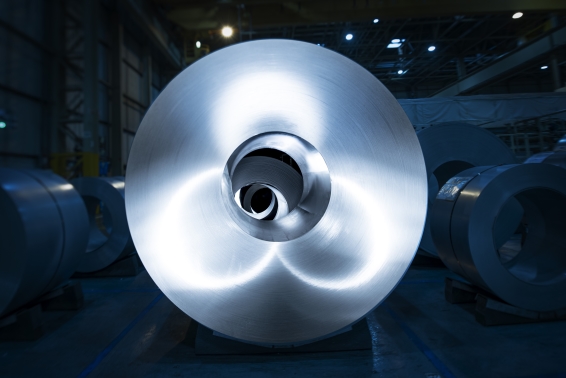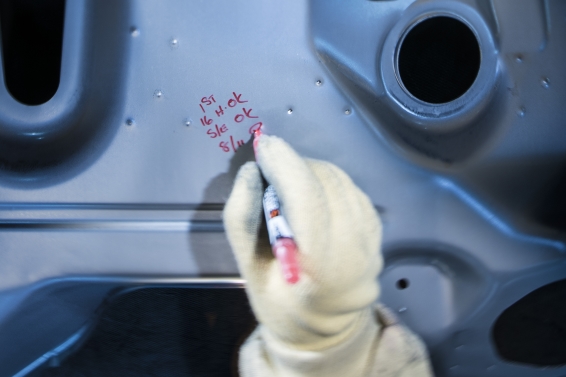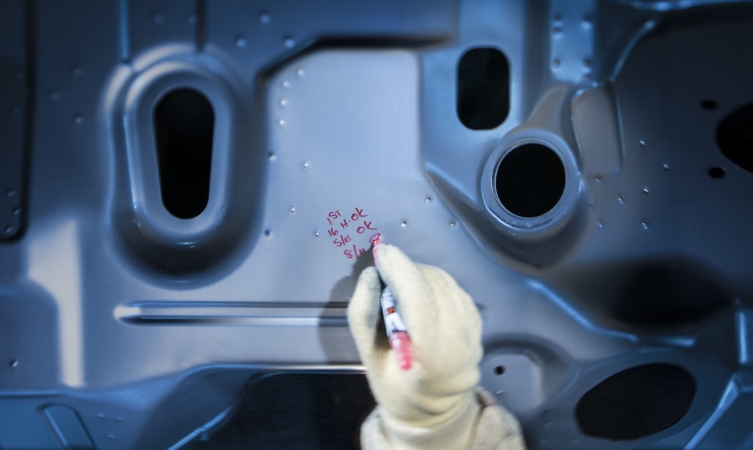From the outside, most of what you see of a car is metal, usually steel. Toyota’s steel arrives at the factory in giant rolls (see below) that have to be unwound and smoothed perfectly flat before they can be used in the TMUK press shop, where the metal is cut into sheets and stamped into the individual panels that make up the car’s basic structure. There are 40 different machines in the press shop, producing around 48,000 panels per day, so the presses have to be fitted with specific dies – heavy metal templates that give each piece of steel its unique shape.

Before each panel heads off to the weld shop for assembly, a team member will give it a thorough inspection to ensure it meets Toyota’s rigorous quality standards.
There are hundreds of different dies that have to be swapped in and out of the presses. These are not just for current models but for all other Toyota models built at Burnaston over the years. Making these heritage panels means owners of older cars can still source official factory-quality parts for body repairs.
If there are any issues, these can be rectified at this early stage in the production process, ensuring quality is built in from the outset. Once satisfied that the panel meets the standard, it is literally signed off: the team member will sign their name on the panel, taking both pride and responsibility for their individual work.

When all three presses are operating at once, new panels up to two metres long can be made almost every second. Although the machinery is huge and the pressure is immense, even a speck of dust in the dies can compromise the quality of the part. The finished panels are gathered into racks, in which they are passed in sequence to the welding teams.
<<<PREVIOUS 3. Giraffe Crossing
To discover more about TMUK at 25, see 25 Objects: Celebrating Toyota Manufacturing UK’s 25th anniversary




